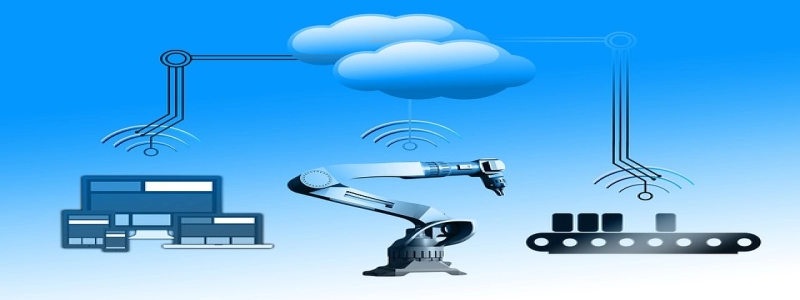[network sfp]
1. Introduction
1.1 Definition
Network Small Form-factor Pluggable (SFP) is a hot-pluggable transceiver module commonly used in networking to provide connectivity between networking devices such as switches, routers, and network interface cards.
1.2 Purpose
The purpose of the SFP module is to enable a flexible and cost-effective approach for network expansion and upgrades. It allows organizations to easily replace or upgrade their networking equipment without the need for significant infrastructure changes.
2. Types of SFP Modules
2.1 Copper SFP
Copper SFP modules, also known as 10/100/1000BASE-T SFP, utilize twisted pair cables to transmit and receive data. These modules are commonly used for short-range connections and can support Ethernet speeds up to 1 Gbps.
2.2 Fiber SFP
Fiber SFP modules, also known as optical SFP, use fiber optic cables to transmit and receive data. These modules are capable of supporting higher data rates and longer distances as compared to copper SFPs. They are commonly used in applications where high-speed and long-range connectivity is required.
3. Features and Benefits
3.1 Hot-Pluggable
SFP modules can be easily inserted or removed from networking devices without the need to power off or disrupt the entire network. This hot-pluggable feature allows for quick and seamless network upgrades or replacements.
3.2 Interchangeability
SFP modules are designed to be interchangeable among networking devices that support the SFP standard. This interchangeability allows organizations to use the same modules across multiple devices, reducing inventory costs and simplifying network management.
3.3 Flexibility
SFP modules provide flexibility in terms of network upgrades and expansions. They can support various Ethernet standards, such as Fast Ethernet, Gigabit Ethernet, and 10 Gigabit Ethernet, allowing organizations to adapt to changing network requirements without the need for extensive infrastructure changes.
3.4 Distance and Speed Options
SFP modules are available in different distance and speed options, allowing organizations to select the best module based on their specific networking needs. Fiber SFPs can support distances ranging from a few kilometers up to hundreds of kilometers, while copper SFPs are suitable for shorter-range connections.
4. Implementation Considerations
4.1 Compatibility
It is important to ensure that the SFP module is compatible with the networking device it will be used with. Different devices may have different requirements in terms of speed, interface, and compatibility. Compatibility can be verified by checking the device documentation or consulting with the manufacturer.
4.2 Fiber Compatibility
When using fiber SFP modules, it is crucial to consider the compatibility between the module and the fiber optic cables. Different modules may require specific types of fiber optic cables, such as single-mode or multimode. Using incompatible cables can lead to degraded performance or complete failure of the network connection.
4.3 Environmental Considerations
SFP modules can be sensitive to temperature and humidity extremes. It is important to ensure that the modules are installed in appropriate environments and within the specified temperature and humidity ranges. Failure to do so can result in performance issues or even permanent damage to the modules.
5. Conclusion
Network SFP modules provide a flexible and cost-effective solution for network expansion and upgrades. They offer hot-pluggable functionality, interchangeable capabilities, and flexibility in terms of distance and speed options. However, careful consideration should be given to compatibility, fiber compatibility, and environmental factors to ensure optimal performance and longevity of the SFP modules.








